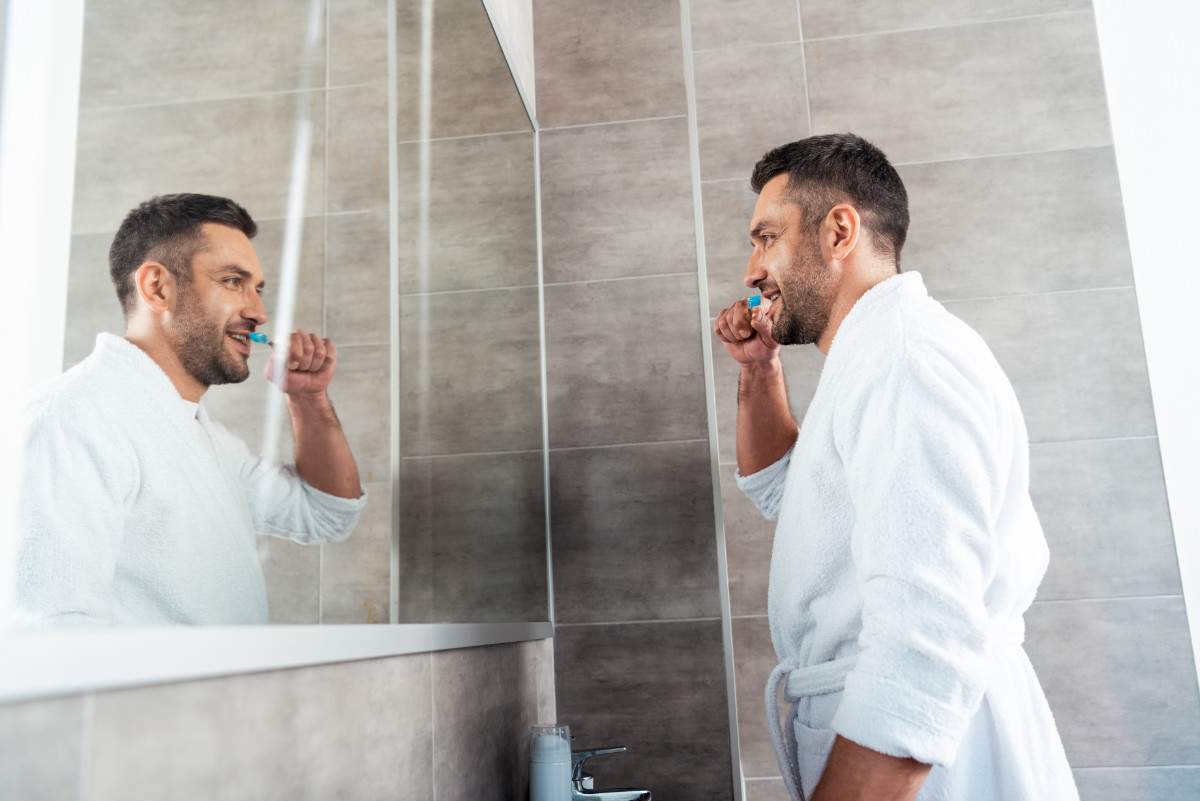Back Pain Classification: Extension vs Flexion-Related Low Back Pain
Having a client with low back pain show up for training? Don’t panic. But don’t wing it either.
Up to 80% of people will experience back pain at some point. That’s a lot of potential clients walking through your door with sore backs.
Here’s how to help them safely and effectively.
The Risk Assessment Conversation
Before any exercise, you need to determine if this is something you can help with. Or if they need immediate medical attention.
Red Flags That Need Immediate Referral:
- Pain above 3/10 on a pain scale
- Constant pain regardless of position
- Sharp leg pain, pins and needles, numbness, or weakness
- Unexplained back pain with no obvious cause
- History of cancer
- Anything outside your expertise
If they have any of these, refer immediately. Don’t try to be a hero.
Movement Screening
Ask your client to:
- Bend forward like touching their toes
- Bend backwards as far as comfortable
- Side bend left and right
If any movement is severely restricted or causes significant pain, refer to a healthcare professional.
If they can move through these ranges comfortably, you might be dealing with mild mechanical back pain.
Working With Healthcare Professionals
Always communicate with their physiotherapist or doctor if they’re seeing one. This isn’t stepping on toes. It’s smart collaboration.
Our personal trainers across Melbourne work closely with physios. Better outcomes for everyone.
Consider attending their physio appointment. Shows you care and builds valuable professional relationships.
Classification: The Key to Success
Once you’ve determined it’s safe to work with them, classify their pain type. This guides everything you do.
Flexion-Related Low Back Pain (FRLBP)
How It Happens
- Sudden flexion under load (lifting heavy objects)
- Repeated or sustained flexion (gardening all day, long flights)
- Pain often appears 1-2 days after the incident
What They Experience
- Don’t want to bend forward
- Sitting is uncomfortable
- Extension feels good and relieves pain
- Mornings are typically worse
- They’ll bow instead of bending normally
What NOT to Do
- No squats initially
- No deadlifts to the floor
- No sit-ups or crunches
- Avoid any flexion-based movements
What TO Do
Early Stage:
- Encourage gentle walking
- Unloaded movements like knees rolling side to side
- Cobra stretch (yoga position)
- Extension-based movements that feel good
Recovery Stage:
- Teach lumbar spine control during hip movements
- Well-controlled squats (not deep)
- Deadlifts from elevated position (never from floor)
- Focus on maintaining lumbar neutral
The Critical Teaching Points
When they’re ready for loaded movements:
- Equal movement through hips, knees, and ankles
- Shins and trunk parallel at bottom of squat
- Maintain lower back curve throughout the movement
- Watch from the side – any tucking under of pelvis should be avoided
Our South Melbourne personal trainers use a stick to teach proper bowing mechanics before progressing to loaded exercises.
Key Muscle Target
Focus on strengthening multifidus. This provides segmental control during lifting and bending.
Teach them to “feel” good lumbar position before adding any load.
Extension-Related Low Back Pain (ERLBP)
How It Develops
- Usually non-traumatic
- Develops over time
- Common in sway back postures
- Also seen in hyper-lordotic clients
- Lumbar spine stuck in relative extension
What They Experience
- Pain with standing still
- Discomfort during running
- Relief when sitting or flexing forward
- Like holding your finger bent backwards for 30 minutes
Common Issues
- Tight hip flexors
- Poor abdominal control
- Weak glutes
- Restricted thoracic spine
The Solution Strategy
Correct Standing Posture
Takes months to become habitual. But essential for long-term success.
Improve Hip Mobility
Especially hip extension. Tight hips force the back to extend more.
Loosen Thoracic Spine
Stiff upper back forces lower back to compensate.
Strengthen Abs and Glutes
Improve pelvic control to reduce extension forces.
Exercise Progression
Start with exercises that challenge abs and glutes to avoid lumbar extension:
- Push-ups (maintaining neutral spine)
- Bird-dog
- Dead bugs
- Planks with proper form
Our Prahran personal trainers find this group responds quickly when you address these key areas.
The Melbourne Approach
Whether you’re working in St Kilda or Port Melbourne, the principles remain the same.
Classification guides intervention. Specific problems need specific solutions.
When to Refer
If pain doesn’t improve within 4-6 weeks, refer to a physiotherapist or sports physician.
Getting worse? Refer immediately.
Your ego isn’t worth their long-term health.
Special Considerations
NDIS participants may need modified approaches based on their specific conditions.
Mobile personal training clients in Williamstown benefit from home-based exercises that fit their classification.
The Bottom Line
Back pain isn’t one-size-fits-all. Classification matters.
Flexion-related pain needs protection from bending initially. Then controlled movement retraining.
Extension-related pain needs posture correction, hip mobility, and core strengthening.
Both need patience and proper progression.
Your Professional Development
Understanding back pain classification makes you a better trainer. Clients trust you more when you demonstrate real knowledge.
Consider additional education in corrective exercise and injury prevention.
Getting Started
Dealing with back pain clients? Book a consultation to discuss specific cases.
Our experienced team can guide you through complex situations.
Want to expand your skills in corrective exercise? Our services include specialized training for fitness professionals. Or learn about our injury rehabilitation approach that combines classification with evidence-based exercise prescription.


